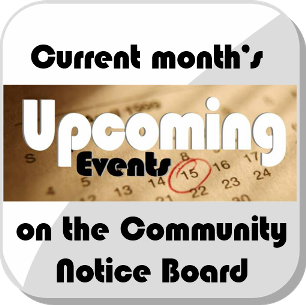|
by John-Peter Gernaat In our study of John’s Gospel in October we learned something of the structure that John has used. John describes signs that Jesus did. Other Gospel writers may have referred to these as miracles or healings. John describes seven signs of Jesus and also seven “I am”-statements. Between two signs, John includes stories that bridge the one sign to the next.
The first sign is the turning of water to wine at the wedding feast in Cana. The stories that follow all have something to do with worship – the way we relate to God. We learn about this in the cleansing of the temple; in the understanding that we are born from above; in the experience of what it is to be the friend of the Bridegroom; and in the questions related to worship that Jesus asks the Samaritan woman at the well. Each sign can be related to one of the sacraments. This makes it clear that the sacraments with which we are familiar, are archetypal. The first sign relates to baptism. The jars that are used by the servants are jars for purification. Jesus, as Christ, becomes Lord of Nature, turning water to wine. Baptism is the establishment of a relationship to God through a community. Baptism related a child to a community. The second sign, the healing of the son of the courtier, describes a man willing to work with the inner reality and who does not need outer signs. The boy is suffering from a fever. This is a metaphor for the transition from childhood into adolescence. This sign relates to the sacrament of Confirmation. There are clear numerological indications in the story: Jesus goes “after two days” and the healing occurs at the seventh hour. Together we arrive at fourteen, the age of transition. Jesus confirms that the son will live. This is a confirmation that the boy will have new capacities to take on the challenges of life. There are no stories between the second and the third sign. The third sign is of the man who has spent thirty eight years waiting to enter the pool called Bethesda so that he might be healed. The man confesses the reality of his life to Jesus. This sign is performed before the man’s fortieth year (the period of gestation). Before the condition he has suffered from is confirmed, he is released from it. He is made whole. This sign is related to the sacrament of Consultation (Confession). After the fourth sign is the discourse that Jesus has about the working of the Father and of the Son and the witnessing for the Son. We come to understand the life which the Father bears in his being is also given to the Son to bear. We hear this in the Act of Consecration of Man in the words that follow each of the three prayers before the Communion: He who bears and orders the life of the world as He receives it from the Father … Then comes the fourth sign followed immediately by the fifth sign. The fourth sign is the feeding of the five thousand and the fifth sign is of Jesus appearing to the disciples as they cross the sea by night and the waters having become tumultuous through a wind. These two signs were discussed in depth for the significance that they reveal.
0 Comments
|
Article Archives
December 2023
2022 - January to December
2021 - January to December 2020 - January to December 2019 - January to December 2018 - January to December 2017 - January to December 2016 - January to December 2015 - January to December 2014 - November & December 2013 - July to December 2013 - January to June 2012 - April to December Send us your photos of community events.
Articles (prefaced by month number)
All
|




 RSS Feed
RSS Feed